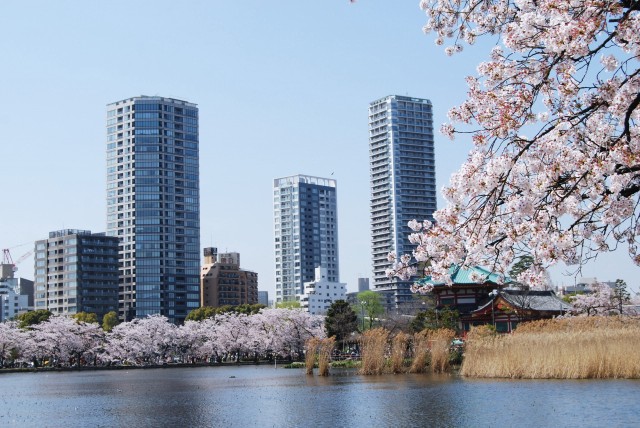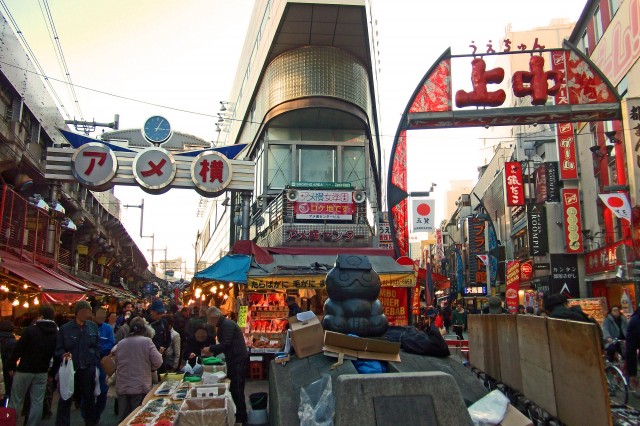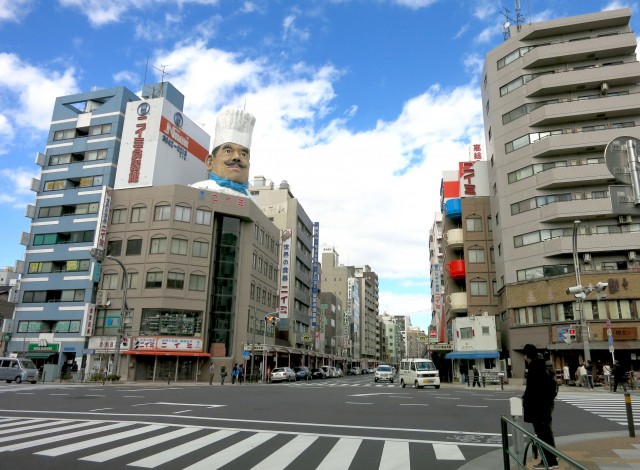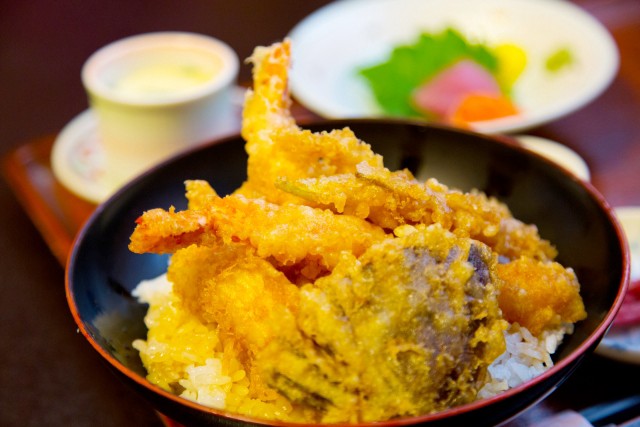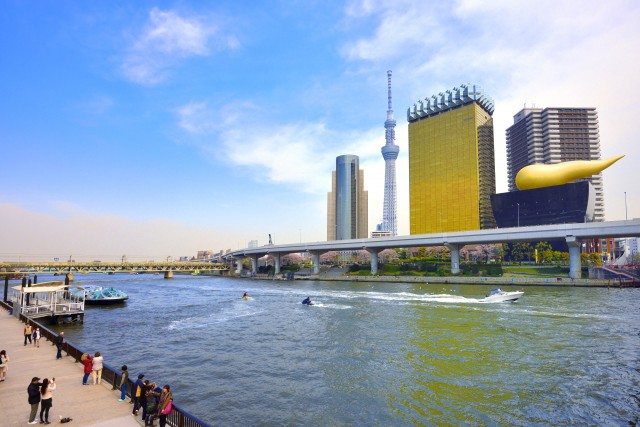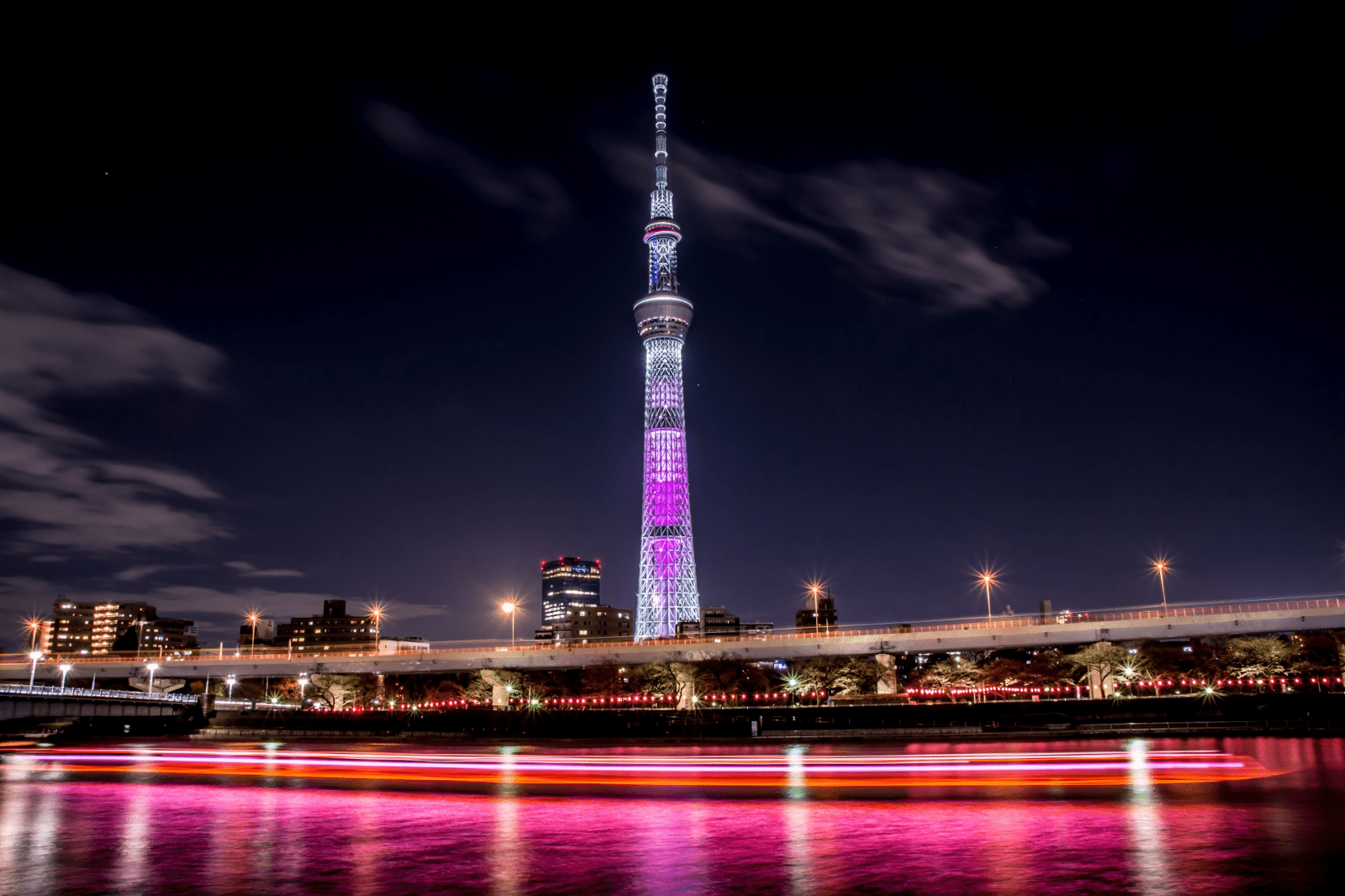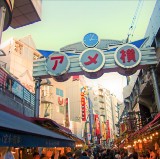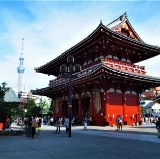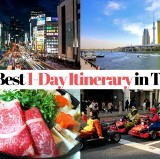1 Day Itinerary in Tokyo: ASAKUSA+UENO
Best things to see in Asakusa and Ueno in one day
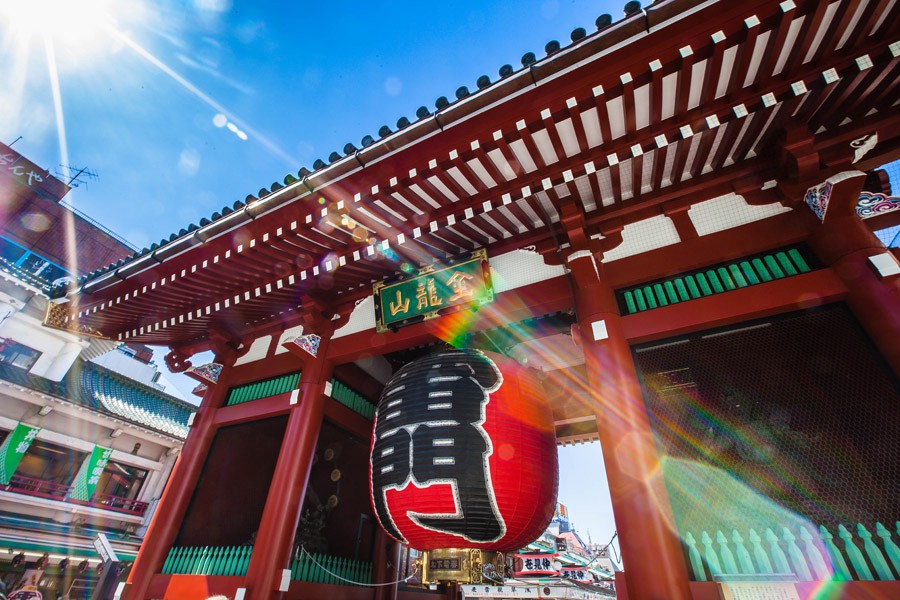
Tokyo‘s historic capital and tourism hub, Asakusa and Ueno, are located in the city’s downtown area, where visitors can experience a nostalgic atmosphere and authentic local vibes. Here’s a suggested one-day itinerary that highlights the best attractions in both Asakusa and Ueno!
If you’re looking for a comprehensive guide to these areas, don’t miss our All-in-One Guides to Asakusa and Ueno!
Why Visit Asakusa and Ueno?
Asakusa and Ueno are two of Tokyo’s most historically significant districts, each offering a distinct perspective on the city’s evolution. Asakusa’s story begins in the early 7th century with the founding of Sensoji, Tokyo’s oldest temple, which still draws worshippers to its Kaminarimon gate and incense-filled halls. The area also played a pivotal role in the development of modern entertainment in Japan, housing the country’s first movie theater in 1907 and serving as a hub for kabuki and other performing arts.
Ueno, on the other hand, became a symbol of the country’s modernization efforts during the Meiji era, being home several major museums, including the Tokyo National Museum and the National Museum of Western Art, as well as Ueno Zoo. The area’s cultural significance is further underscored by its association with the Tokugawa shogunate, as it was once the site of Kan’ei-ji Temple, built to protect Edo Castle.
Asakusa & Ueno Itinerary for a Day
1. Ueno Park (60–120 mins)
Ueno Park (上野公園), a large public park located near JR Ueno Station, attracts millions of visitors all year round and is extremely popular during cherry blossom season. Established in 1873 on the grounds of the former Kan’ei-ji Temple, it was Japan’s first Western-style public park under the Meiji government’s efforts to modernize Tokyo’s green spaces. Its official name, Ueno Onshi-Koen (“Ueno Imperial Gift Park”), reflects the 1924 imperial donation of the park to the city by Emperor Taisho.
The vast park site includes a number of facilities, like Ueno Zoo, Japan’s oldest zoo, several important museums, including the oldest and largest museum in Japan, and some historical sites. It also preserves relics of its temple past, including the five-story pagoda and the Shinobazu Pond area that were central to the original Kaneiji complex. You can easily spend a few hours in this pleasant park in the heart of the city.
More info: Guide to Tokyo’s Best Park: Ueno Park
2. Ameyoko Street (60 mins)
The busy market street along the railway, Ameyoko Street (アメヤ横丁) is a great place to feel the chaotic, true Asian spirit. Various products are sold on the street, from food to clothes at bargain prices. There are small food stalls and open-air local bars, which are great places to try the taste of local.
Ameyoko’s origins trace back to the post-World War II era when it emerged as a black market during Tokyo’s recovery. The name “Ameyoko” is believed to be derived from “Ameya Yokocho,” which means “candy store alley,” reflecting the numerous candy shops that lined the street. Another theory suggests that “Ame” stands for “America,” referencing the American goods sold there, such as military surplus items. Over time, the market has evolved into a bustling shopping street, retaining its vibrant atmosphere and diverse offerings.
More info: Visit Tokyo’s Craziest Street for Asian Bargain Spirit!
3. Kappabashi (30–60 mins)
Walking from the Ueno area, Kappabashi (合羽橋) is a 1km commercial street that you will find towards the Asakusa area. The street is lined with hundreds of stores that deal only with kitchen utilities and restaurant materials. If you love cooking, it’s the best place to shop in Tokyo!
Kappabashi’s origins trace back to around 1912, when merchants began selling secondhand kitchen tools and restaurant supplies to cater to Tokyo’s burgeoning food industry. The name “Kappabashi” has multiple origin theories: one suggests it comes from raincoat (kappa) vendors who hung their wares to dry on a bridge (bashi) over the nearby Shinhorikawa River; another attributes it to a local merchant, Kihachi Kappaya, who funded flood control efforts in the area. Over time, the street has evolved into a specialized district for culinary tools, attracting both professionals and cooking enthusiasts.
More info: Visit Chefs’ Paradise in Tokyo and Be a Cooking Master!
Lunch Suggestion: Eat Tempura (30–60 mins)
The most significant dish in the Asakusa area is Tempura. Many restaurants in Asakusa have been long-established and have served this traditional dish for decades. The Tendon dish (tempura served over rice) is especially popular.
Recommended Tempura restaurants: Tempura Daikokuya, Shitamachi Tendon Akimitsu
Do you feel like trying some casual street food? Check more suggestions in our dedicated guides in Nakamise Shopping Street: Must-Try Asakusa Street Food & Best 6 Street Food in Asakusa!
4. Sensoji Temple (60 mins)
After strolling down the downtown area, you will reach the famous Sensoji Temple (浅草寺) in Asakusa. It’s the oldest Buddhist temple in Tokyo, founded in 645, and one of its most iconic buildings. After entering the large “Kaminarimon” gate, walk down the approach to the main hall, “Nakamise Street,” filled with local souvenirs and street food.
More info: Guide to Tokyo’s Historical Temple Sensoji
5. Sumida River (30 mins)
After visiting Sensoji Temple, let’s make our way to Tokyo Skytree via the Sumida River (隅田川). While you can reach it by public transport or taxi, I recommend walking. Stroll through the lovely Sumida Park along the river, then cross the Sumida River Walk and continue along the canal. In about 30 minutes, you will arrive at Tokyo Skytree.
6. Tokyo Skytree (60 mins)
Built in 2012, Tokyo Skytree (東京スカイツリー) is the tallest building in Japan, standing at 634 meters, and one of the most recent landmarks in the city. The building features two observation decks located at 350 meters and 450 meters above ground. The view from these decks is breathtaking, offering a panoramic landscape of the entire city and the surrounding prefectures. I highly recommend visiting at night, as the city lights create a truly spectacular sight. Please note that entry is available until 9 PM.
More info: Fast Tickets to the 2nd Highest Point in the World
Itinerary Map
Here you can check at a glance the main spots highlighted in the route:
FAQs About Asakusa & Ueno
1. When is the best time to see cherry blossoms in Ueno Park?
Late March through early April is typically peak bloom for Ueno’s 800 cherry trees, though exact dates vary year to year based on weather conditions.
2. How do I travel between Ueno and Asakusa?
You can walk 1–1.5 km from Ueno Station to Asakusa in about 20 minutes along Meiji-dori, or take the Tokyo Metro Ginza Line from Ueno-hirokoji to Asakusa for a faster ride.
3. What are the typical opening hours for shops along Nakamise-dōri in Asakusa?
Most stalls on Nakamise-dōri open around 10:00 AM and close by 5:00–6:00 PM daily.
4. Is there an admission fee to enter Ueno Park or the Senso-ji temple grounds?
Admission to Ueno Park and the grounds of Senso-ji Temple is free of charge.
5. Are Asakusa and Ueno wheelchair-friendly?
Both areas have largely barrier-free routes: Ueno Park’s “Park Exit” is ramp-equipped, and Asakusa’s main streets and Senso-ji precincts feature accessible toilets and gently graded paths
Looking for a place to dine in the Asakusa & Ueno area? Then you may want to check out these articles below!
<<Special Offer Exclusively Available for My Readers>>
Place your order HERE with a special price!!
Written by
"The world is my oyster." As a dedicated globetrotter and hammock enthusiast, I’ve spent years chasing new experiences, collecting stories, and discovering the world’s most incredible destinations. Born and raised in Japan, I’ve always had a deep connection to my roots, but my love for adventure has led me to spend over a decade exploring countries across the globe—from culture-rich cities to remote hideaways.
Travel isn't just a hobby for me; it's a lifestyle. I'm constantly searching for new ways to fuel my wanderlust. Over the years, I’ve developed a wealth of knowledge and a treasure trove of tips that make traveling more enjoyable, practical, and meaningful.
Through my experiences, I've come to appreciate not only the beauty of travel but also the importance of understanding diverse cultures, embracing the unfamiliar, and stepping out of my comfort zone. My travels have shaped who I am today, and I’m excited to share those lessons with others.
With Japan Web Magazine, I aim to offer practical advice, insider tips, and firsthand stories that help travelers navigate their journeys to Japan or setting off on a global adventure. From hidden gems in Japan to travel hacks that make any trip smoother, I hope my insights inspire you to embark on your own adventures and make the most of every moment. Let’s explore the world together!
You can also find my stories here ▶ https://medium.com/@nahobm





